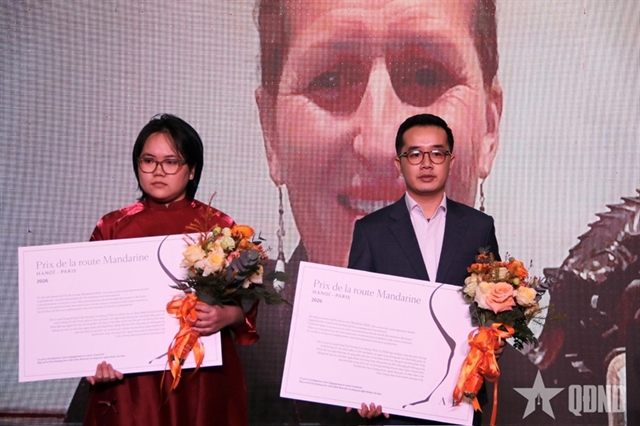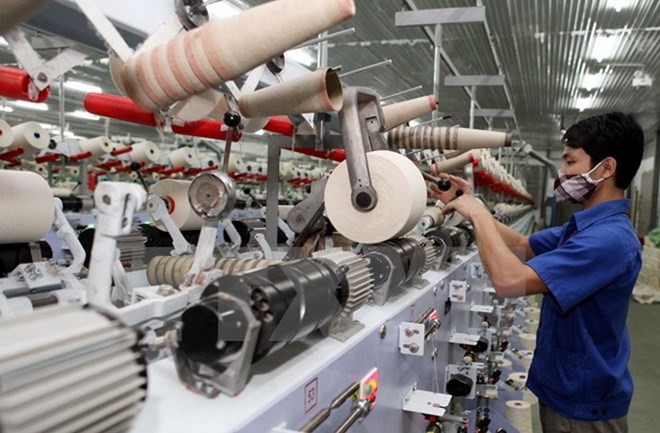 Economy
Economy

Việt Nam has made strides in improving its productivity and narrowing the gap with developed and developing countries, according to experts speaking at a conference on increasing productivity and product quality in the industrial sector, held in Hà Nội last week.
 |
| The country’s productivity has tripled - from US$2,800 per capita a year in 1990 to more than $8,000 in 2015. — Photo vietnamplus.vn |
HÀ NỘI — Việt Nam has made strides in improving its productivity and narrowing the gap with developed and developing countries, according to experts speaking at a conference on increasing productivity and product quality in the industrial sector, held in Hà Nội last week.
The country’s productivity has tripled - from US$2,800 per capita a year in 1990 to more than $8,000 in 2015.
This was true particularly after the first phase of the project to improve productivity in the 2011-15 period, in which nearly 65 per cent of Vietnamese standards met international qualifications. Further, several thousand businesses were given support in applying ISO management systems, while 53 localities built projects to improve productivity and quality.
However, productivity in Việt Nam has seen a large gap exist with other countries. According to statistics in 2013, its productivity was 14.5 times lower than Singapore, 10.8 times lower than Japan, 7.3 times lower than Malaysia, and 2.9 times lower than Thailand.
Nguyễn Phú Cường, director of the Science and Technology Department under the Ministry of Industry and Trade, said that the nation’s energy, steel and chemical sectors have the highest productivity, reaching VNĐ450 million ($20,360) to VNĐ1 billion per person per year. Garments, textile and leather shoes continue to have low productivity.
The high productivity of sectors mostly depended on available natural resources and increasing investment. Increasing productivity based on the application of hi-tech, science and modern management has been limited, Cường said.
In addition, the country’s productivity has been low, in comparison with world average levels, as up to 96 per cent of its businesses are small-and-medium sized enterprises, with 80 per cent of them having low and medium technology levels.
The ministry has been implementing programmes to improve productivity and quality of industrial goods, he added.
From 2012-16, it launched several pilot models applying modern quality management systems, to improve the ability of local products to integrate into global supply chains.
Nguyễn Anh Tuấn, director of the Việt Nam Institute for Productivity, said three factors contributed to increasing added value, including capital, labour and total factors productivity (TFP).
Việt Nam has been attractive to foreign investors due to its political and social stability, thus creating opportunities for local businesses to access capital, equipment, production technology and modern management experiences. The Government should create an environment for businesses to develop their scale, science, technology, and human resources, while applying international management standards, he said.
In the future, the country should focus on key economic sectors and promoting programmes to apply new technologies to enhance its productivity.
In addition, policies would also focus on promoting small firms with the potential for higher growth by providing them preferential loans. Knowledge and information would also be provided to help domestic companies have long-term development orientations. — VNS




